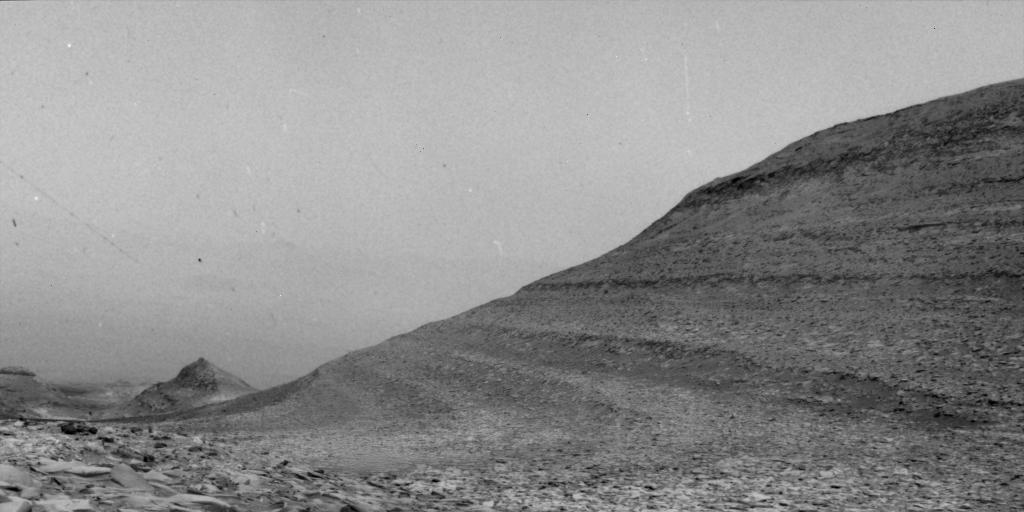Curiosity Sees Specks Caused By 2024 Solar Storm While Recording a Wind Gust on Mars
| Credit | NASA/JPL-Caltech |
|---|---|
| Historical Date | June 10, 2024 |
| PIA Number | PIA26303 |
| Language |
|
The specks in the sequence of images in this video were caused by charged particles from a solar storm hitting one of the navigation cameras aboard NASA's Curiosity Mars rover. The mission uses the rover's navigation cameras to try capturing images of dust devils (dust-bearing whirlwinds) and wind gusts, like the gust seen here.
By chance, the gust occurred at the same time that charged particles began to strike the Martian surface on May 20, 2024, the 4,190th Martian day, or sol, of the mission. The particles do not damage the camera.
Curiosity's Radiation Assessment Detector (RAD) measured a sharp increase in radiation at this time – the biggest radiation surge the mission has seen since landing in 2012.
Curiosity was built by NASA's Jet Propulsion Laboratory, which is managed by Caltech in Pasadena, California. JPL leads the mission on behalf of NASA's Science Mission Directorate in Washington.
For more about Curiosity, visit: science.nasa.gov/mission/msl-curiosity



























